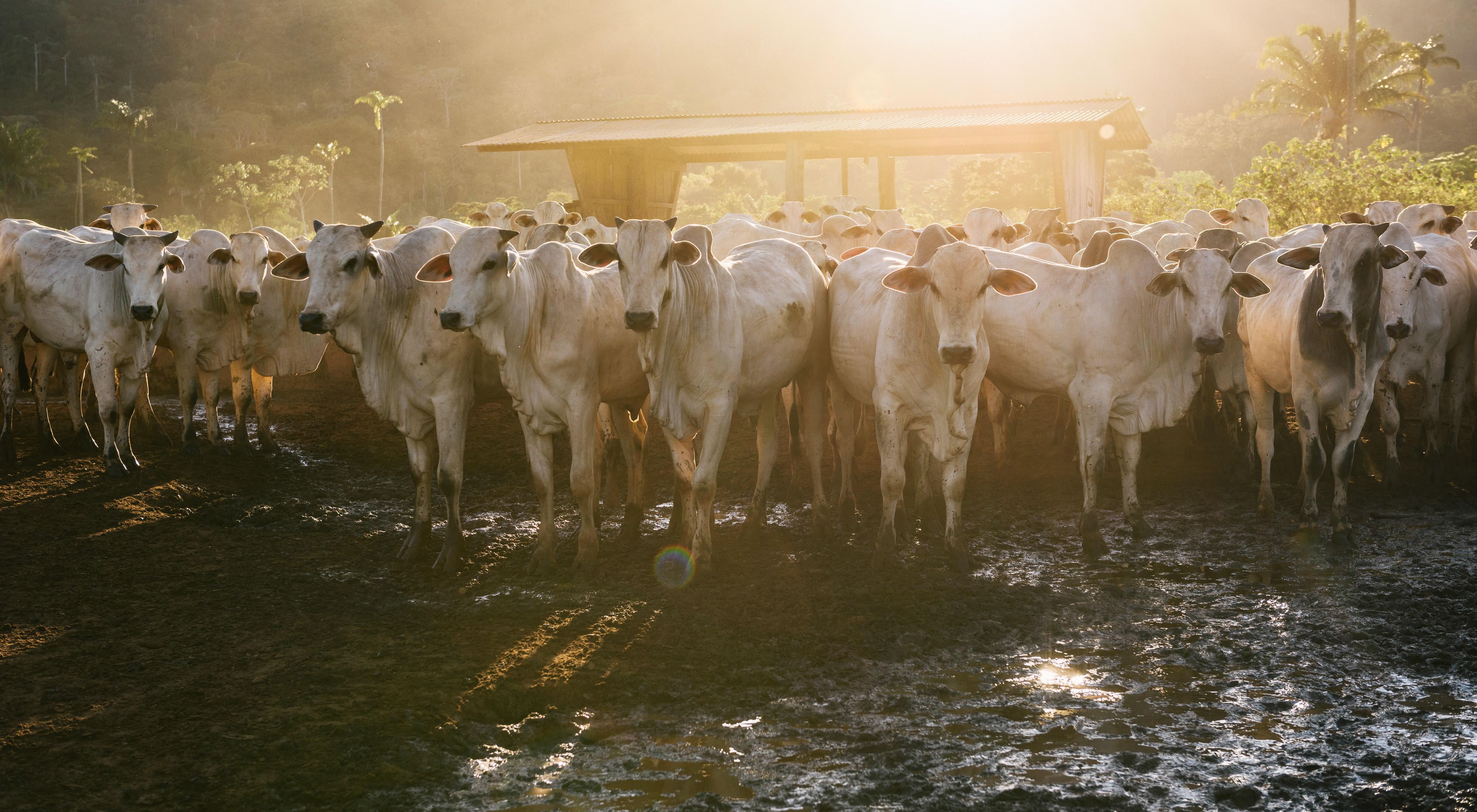Media Contacts
-
Global Media
Email: media@tnc.org
This week, at COP27, 14 companies released the Agriculture Sector Roadmap to 1.5°C, which represents a strategic moment outlining how a transition to deforestation and conversion free commodity production could be achieved. Commenting on the release of the Roadmap, Jennifer Morris, CEO, The Nature Conservancy said:
“Fourteen of the world’s largest agribusinesses recently committed to rapidly eliminating deforestation and land conversion in the most important tropical commodities – cattle, palm oil, and soy. The cross-commodity working group ended with differentiated commitments for each commodity, some notably more ambitious than others.
“The cattle sector has committed to eliminate deforestation – both illegal and legal – in the Amazon by 2025, including both direct and indirect suppliers. This is welcome news for the biggest tropical forest on the planet, which continues to lose habitat and carbon at an alarming rate.
“Notably, cattle traders have also expanded their illegal deforestation commitment to the Brazilian Cerrado, a step forward for protection of one of South America’s critical biomes. Unfortunately, they have not yet delineated a commitment for the vast Gran Chaco region, a goal for which we will continue to push.
“The palm oil roadmap offers good progress for the tropical forests and peatlands of Southeast Asia, parts of South America and Africa, which builds on significant work already made by the sector, especially the reforms led by Indonesia.
“The progress made by the cattle and palm oil sectors, however, contrasts greatly with the lack of progress made by the soy sector.
“We see these soy commitments as a step backward in part because they are retreating from a definitional issue that was settled long ago in the Brazilian Forest Code. Importantly, the code does not distinguish on habitat type, requiring the protection of both native forests and savannas in legal reserve. The current Roadmap commitments for soy moves away from this, introducing a new definition for deforestation and leaving open the possibility of near-term conversion for critical savanna and woodland ecosystems, potentially releasing significant carbon emissions across the vast Cerrado region. The Gran Chaco, which is also a mixed biome like the Cerrado and spans across four countries, does not have the benefit of a biome-wide policy mechanism such as the Forest Code and could be subject to even greater conversion rates. As two of the global hotspots for soy expansion, we call on the sectors to reconsider the action plan for these critical biomes.
“The Roadmap signatories are the intersection point where farmers and ranchers meet the global economy. These companies are uniquely able to influence changes in farming practices and decisions on how to use and conserve land. Living up to these commitments will require major investments to achieve, an outcome we would welcome for the sectors with valid plans. Now is the time for decisive action to achieve deforestation and conversion free commodity production.
“TNC is ready to partner with companies and governments with the audacity to do business unusual, for the good of the planet and our shared future.”
The Nature Conservancy is a global conservation organization dedicated to conserving the lands and waters on which all life depends. Guided by science, we create innovative, on-the-ground solutions to our world’s toughest challenges so that nature and people can thrive together. We are tackling climate change, conserving lands, waters and oceans at an unprecedented scale, providing food and water sustainably and helping make cities more sustainable. The Nature Conservancy is working to make a lasting difference around the world in 77 countries and territories (41 by direct conservation impact and 36 through partners) through a collaborative approach that engages local communities, governments, the private sector, and other partners. To learn more, visit nature.org or follow @nature_press on X.
